Bacteria and dust mites, although microscopic, have a considerable impact on our well-being. These organisms, invisible to the naked eye, thrive in warm, damp environments, making our bedding a paradise for their proliferation. The consequences? Allergies, skin irritations and a host of respiratory problems that disrupt our sleep and our health.
Silk bed linen provides a genuine, natural response to these problems, preventing their proliferation.
With the help of Maison de la Soie, it's easy to return to a healthy environment, for restful nights that protect your health.
Bacteria and dust mites in our sheets
Dust mites like to live in warm, slightly damp places. They are particularly fond of our bedding, which provides them with everything they need. Dead cells, hairs, hair: they feed easily on our bed linen.
Bacteria, on the other hand, are single-celled organisms that reproduce rapidly under favorable conditions. Bacteria in bed linen can come from a variety of sources. Body perspiration, skin flakes and food residues are their main points of arrival.
The presence of dust mites and bacteria in our beds can have a negative impact on our health. From a minor allergy to more serious skin or respiratory problems, their proliferation must be limited.
Health problems linked to the presence of dust mites and bacteria in our sheets
Dust mites: responsible for respiratory allergies
Exposure to the faeces and body remains of dust mites and bacteria can have a
negative impact
on ourhealth
. Dust mites can trigger or aggravate respiratory conditions such as asthma and allergic rhinitis. Runny nose, sneezing, itchy eyes and asthma: the list of respiratory ailments caused by dust mites in bedding is long.Bacteria: responsible for skin and respiratory reactions
Exposure to bacteria can trigger allergic reactions in some sensitive individuals. These include skin rashes, itching and irritation.
In addition to skin allergies, bacteria in our bed linen can contribute to respiratory problems. Some bacteria release toxins that irritate the respiratory tract, aggravating the symptoms of asthma and allergic rhinitis. Respiratory infections such as sinusitis and bronchitis can also be caused by bacteria present in our bed linen.
In France, statistics show that respiratory problems linked to dust mites and bacteria in bed linen are a cause for concern:
- Allergic rhinitis affects around 15-20% of the population.
- Asthma, which can be exacerbated by the presence of bacteria and mites in bed linen, affects around 5% of adults and up to 10% of children and teenagers.
The benefits of silk bed linen against bacteria and dust mites
The hypoallergenic properties of silk
Silk is renowned for its exceptional hypoallergenic properties. This natural fiber is composed mainly of two proteins: fibroin and sericin,which give it a soft feel and remarkable resistance.
Silk's natural structure makes it ideal for people with sensitive skin, as it is less likely to provoke allergic reactions. What's more, silk has natural thermal insulation properties, enabling it to retain heat in cold weather and stay cool in summer, contributing to the comfort of allergy and asthma sufferers.
Silk, naturally anti-bacterial and anti-dust mite
Silk's unique structure, with its long polymer chains, makes it unsuitable for the development of bacteria and dust mites. The alanine- and glycine-based repeating patterns in fibroin create an unfavorable environment for these organisms.
As silk naturally does not offer the conditions necessary for the survival and proliferation of dust mites and bacteria, it is perfect for maintaining a healthy, clean sleeping environment, effortlessly!
Silk bed linen is therefore recommended for people with skin and respiratory problems.
Easy care for silk bed linen
Contrary to popular belief, silk bed linen is easy to care for. Here are a few tips on how to preserve its health-giving properties:
- Washing: our range of silk bed linen can be washed at any time. machine-washable with a suitable silk detergentand a delicate 30°C program.
- Air-dry and iron at low temperature when the fabric is still slightly damp.
Thanks to its thermoregulating and anti-allergenic properties, silk only needs to be washed once or twice a month to retain its benefits. This makes silk an ideal fabric for long-lasting, health-conscious bed linen.
Our pure silk bed linen
Expert in silk bed linen since 2010, we offer you acompleterangeforquality sleep that takes care of you.
In addition to its hypoallergenic and antibacterial properties, silk also offers thermoregulatory properties combined with incomparable softness. So when you choose your pure silk bed linen, you benefit from all its advantages, for nights that are conducive to recovery and healthy for you.
Take care of your skin and your nights
Thanks to its unique properties, silk protects against irritation and contributes to a pure, soothing sleep environment. Treat yourself to the ultimate in comfort.
Choose your silk pillowcase


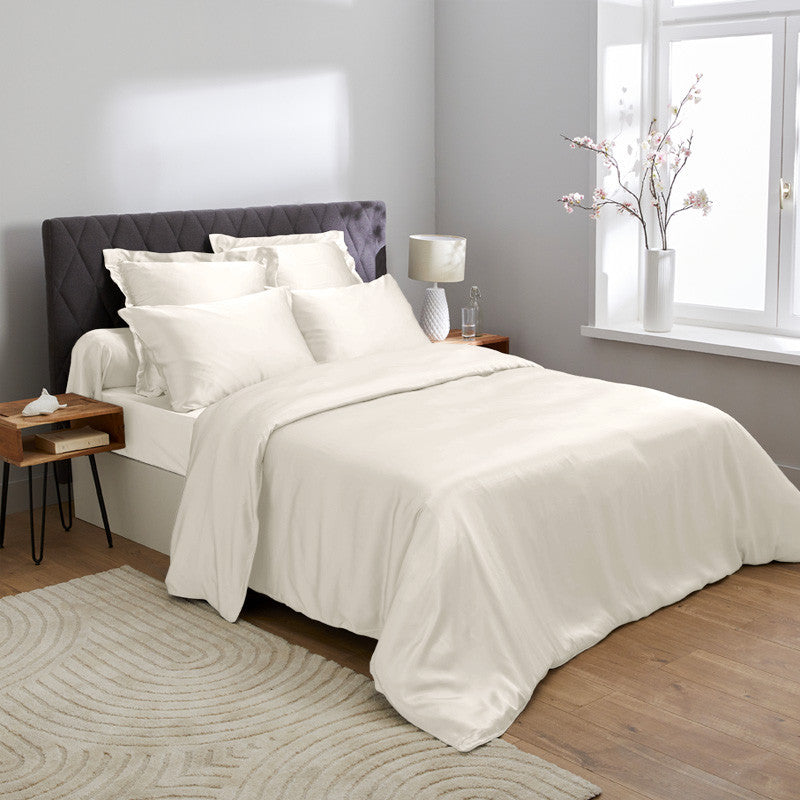
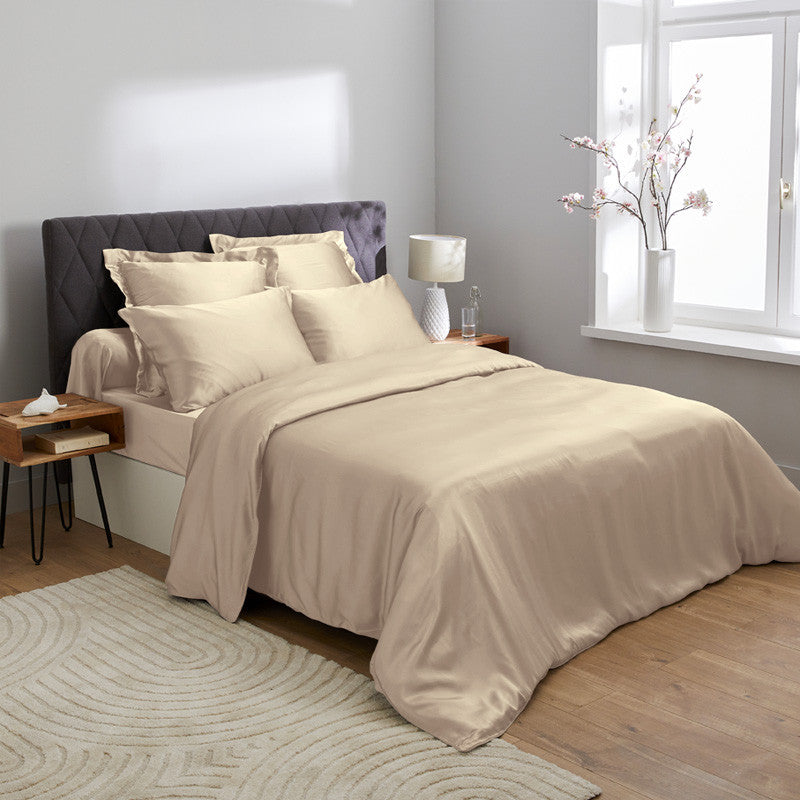
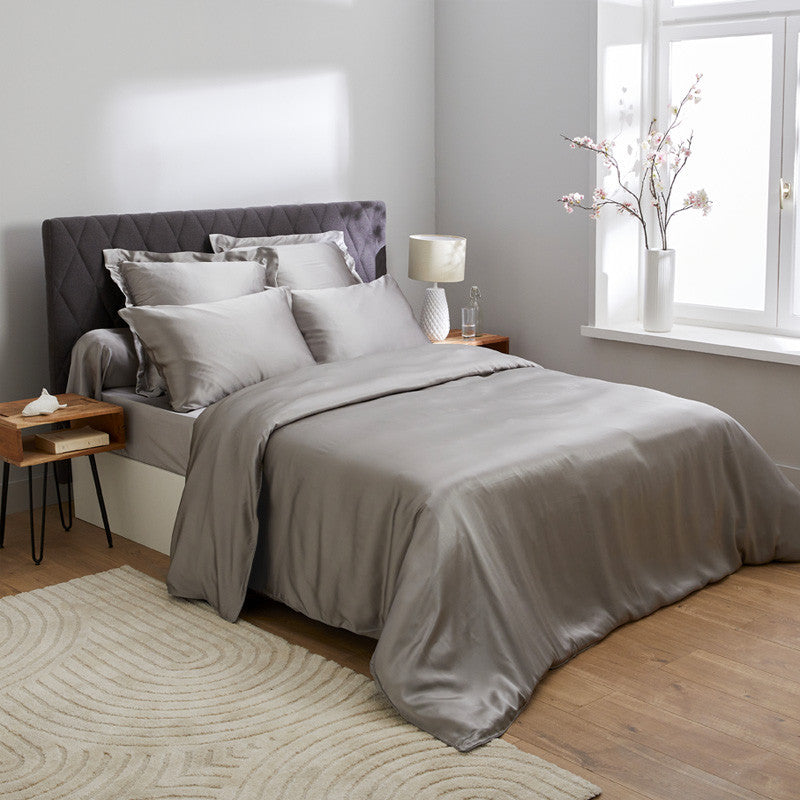
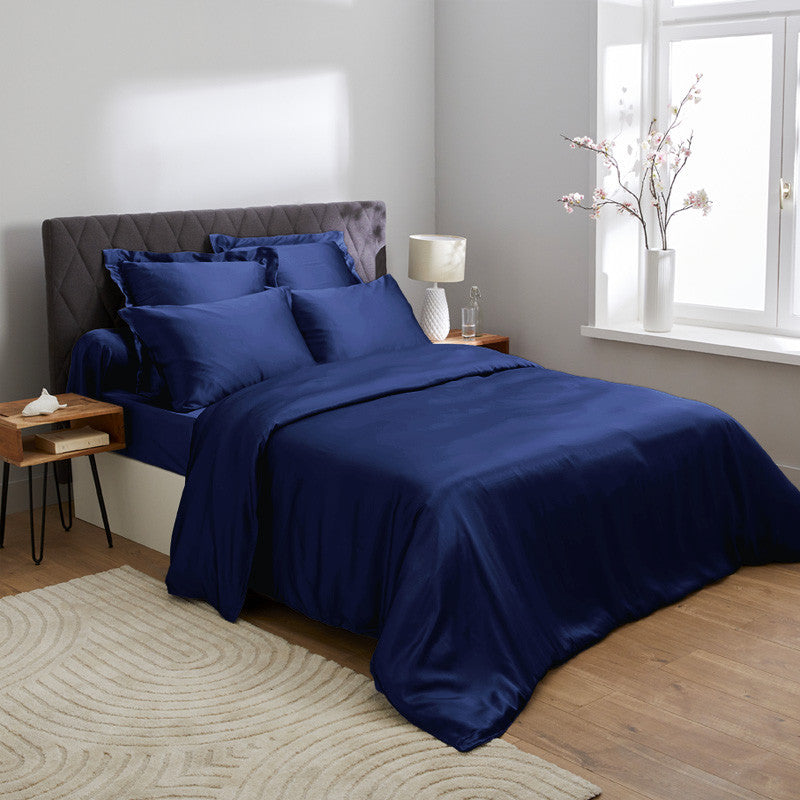
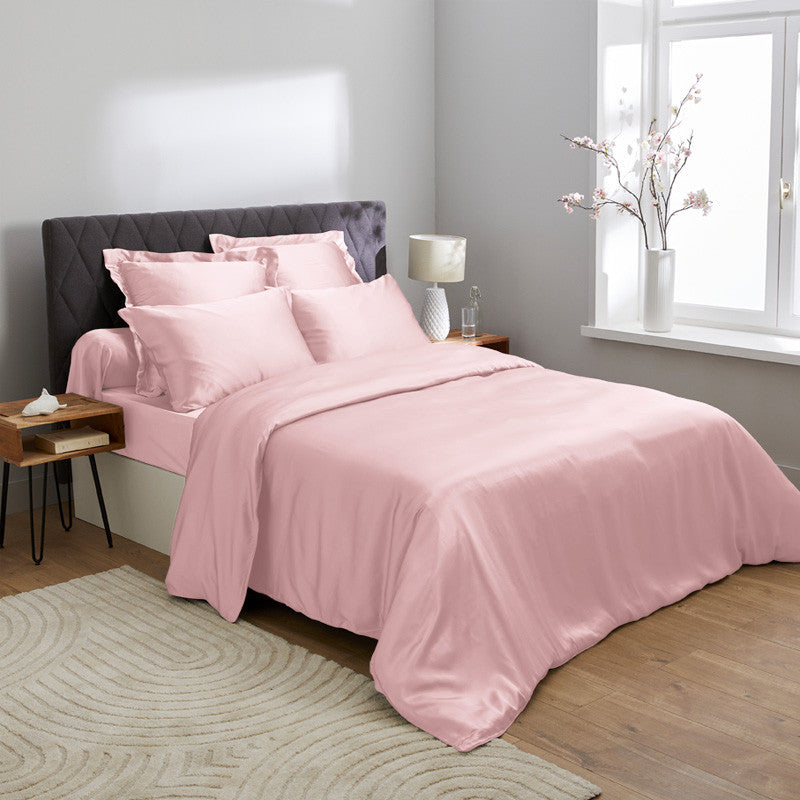
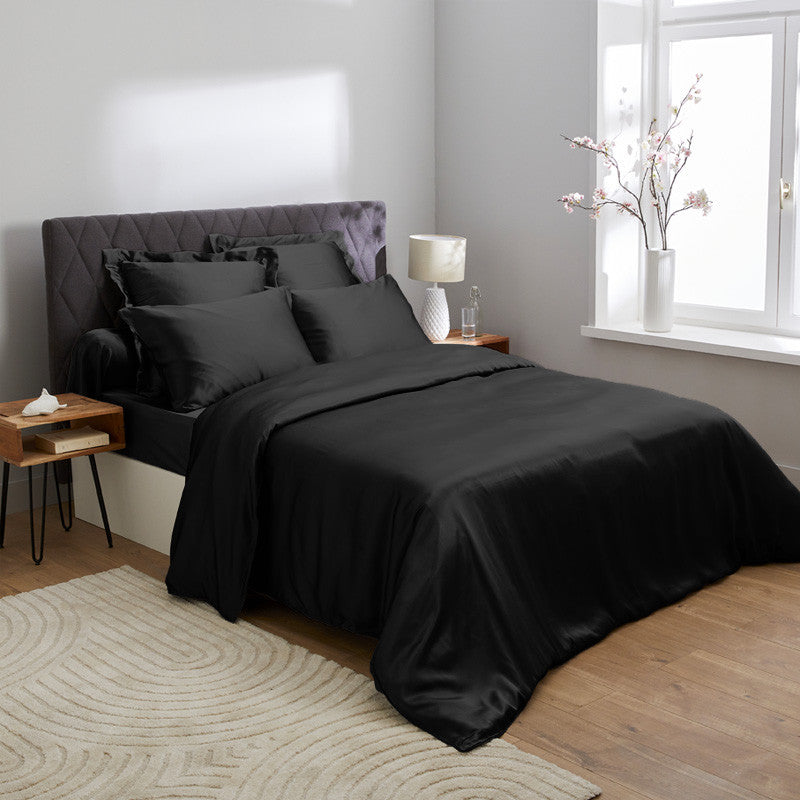
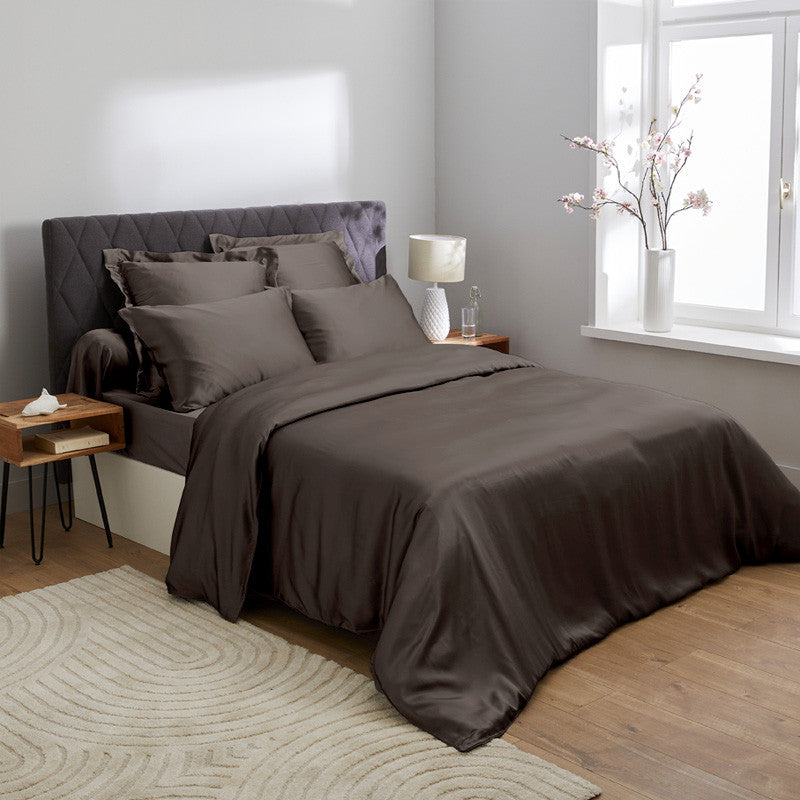
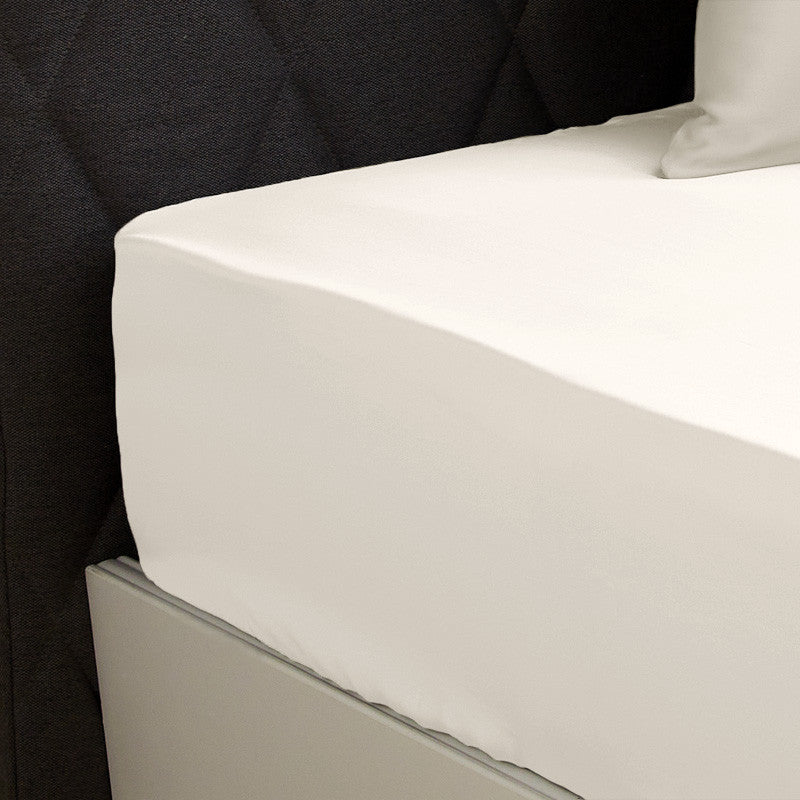
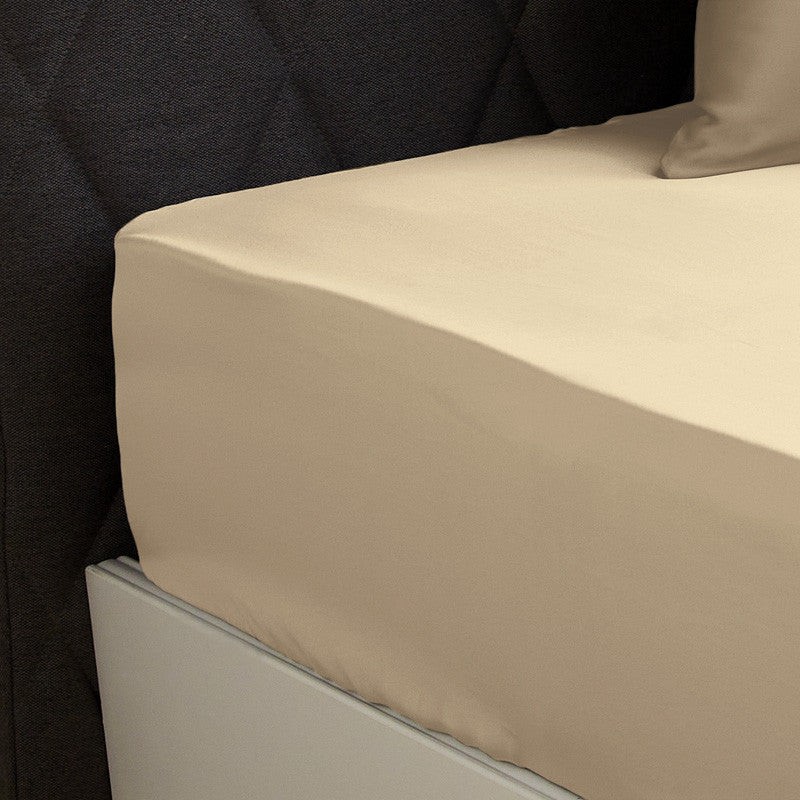
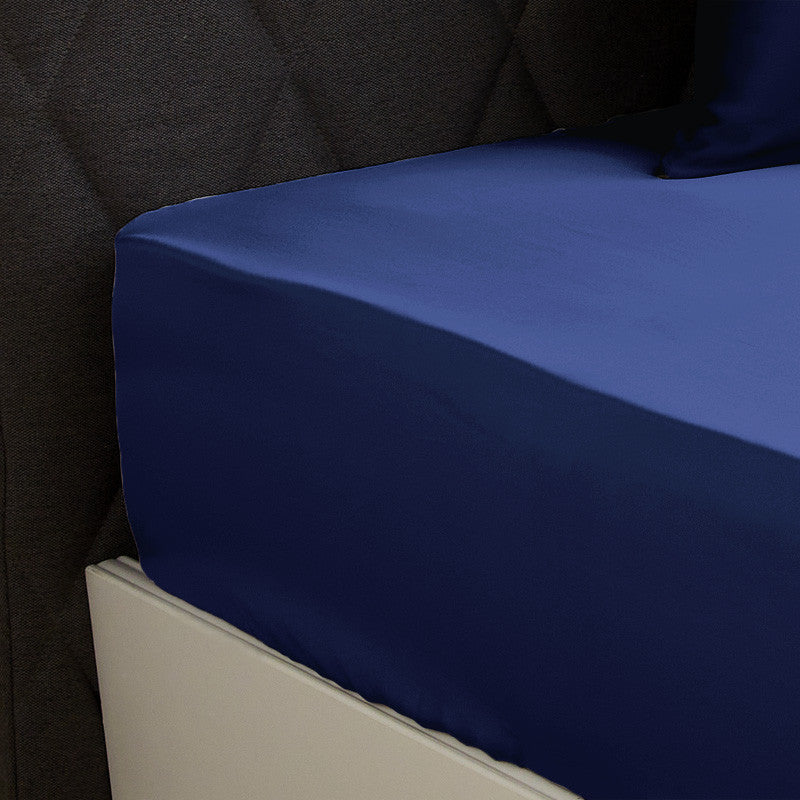
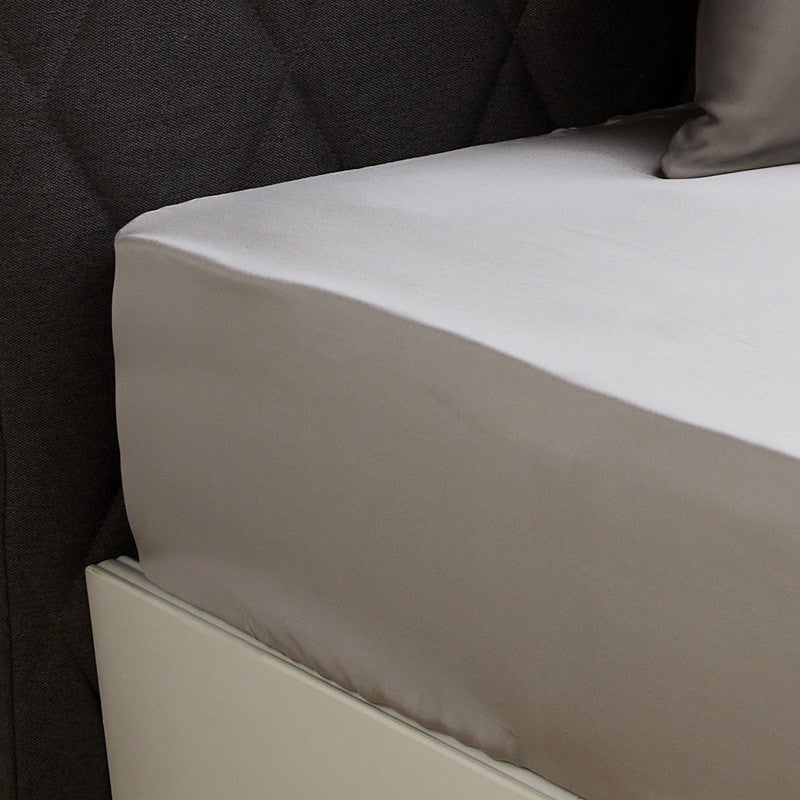
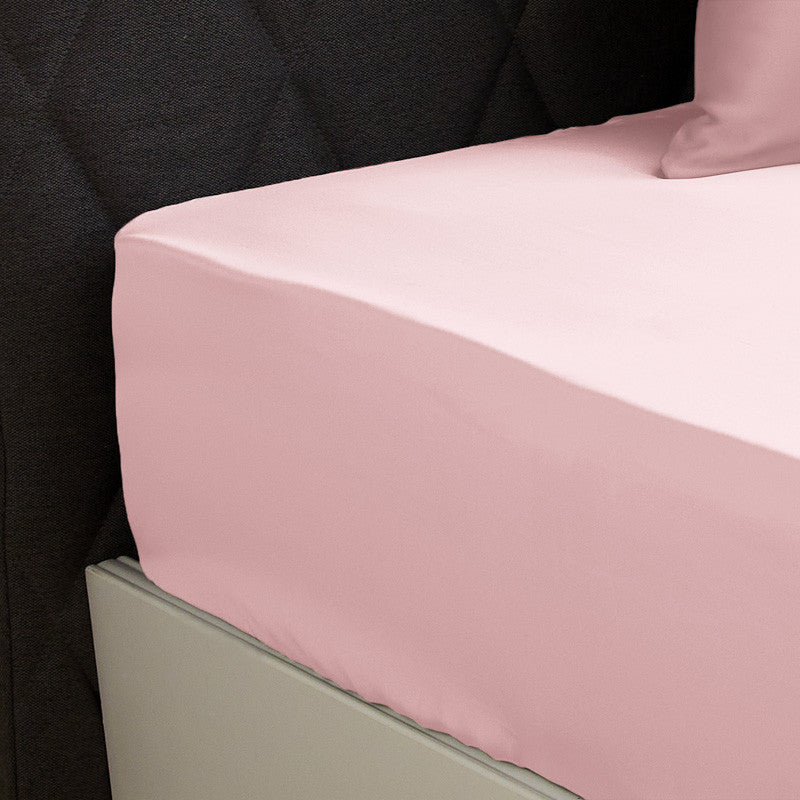
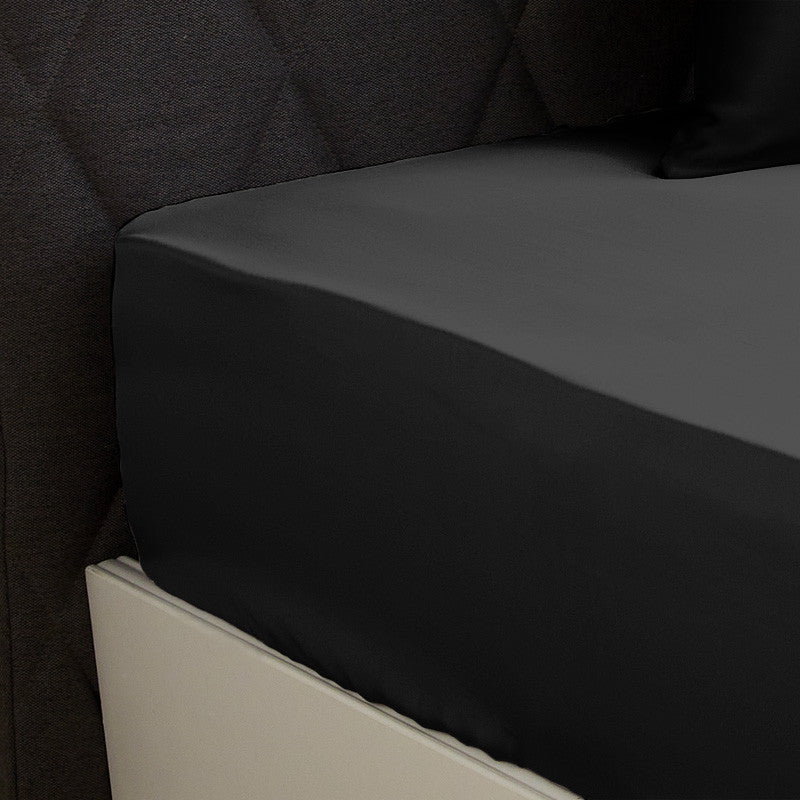
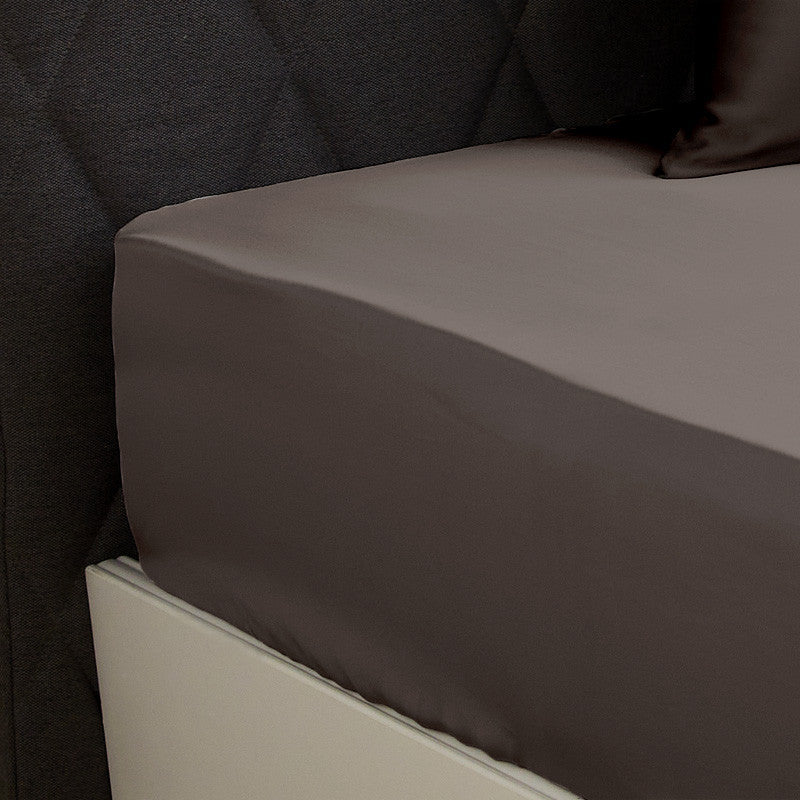
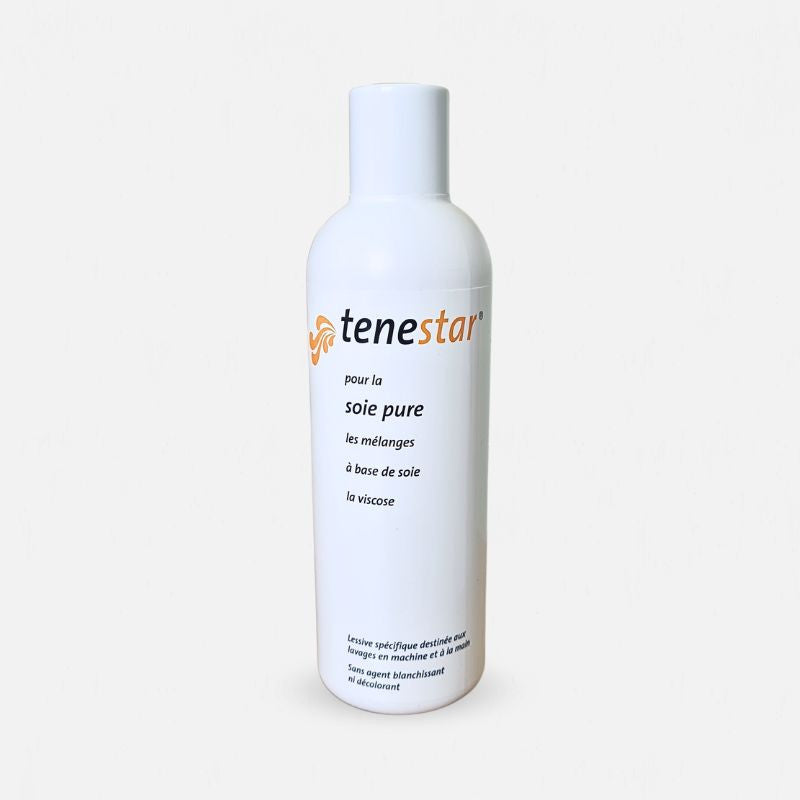
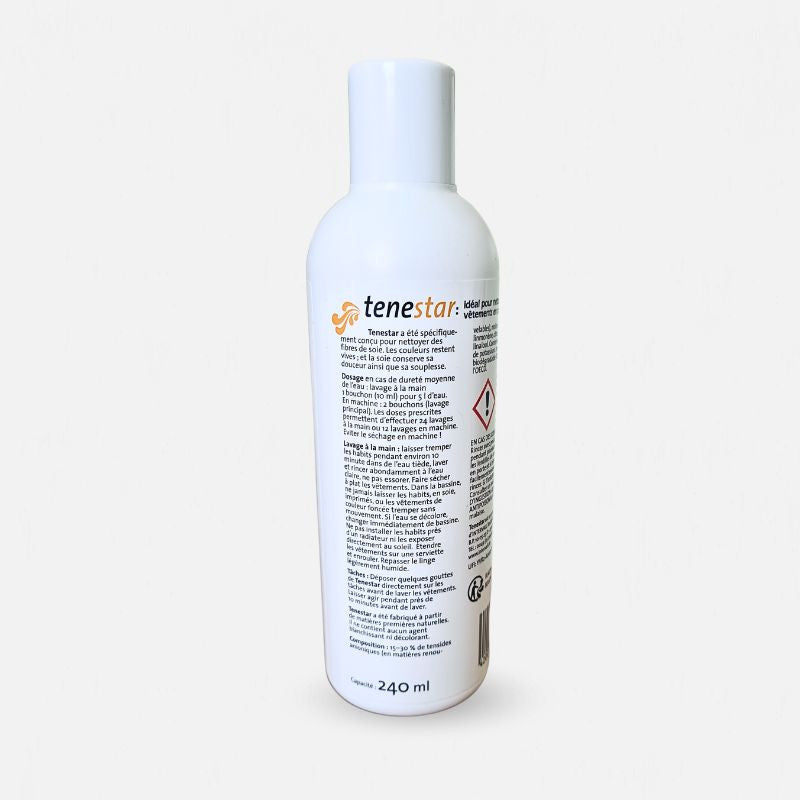
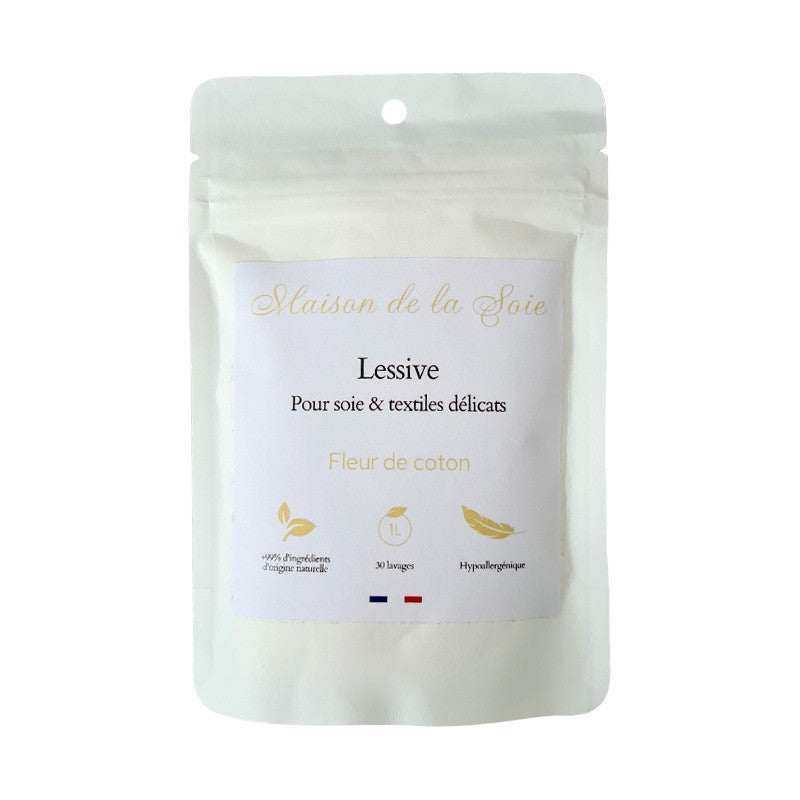
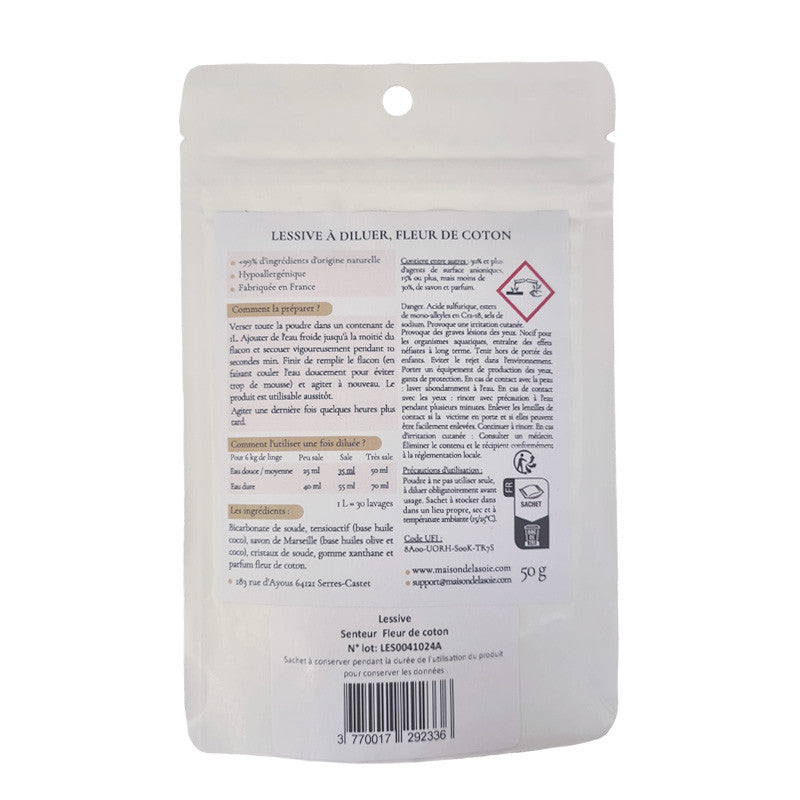
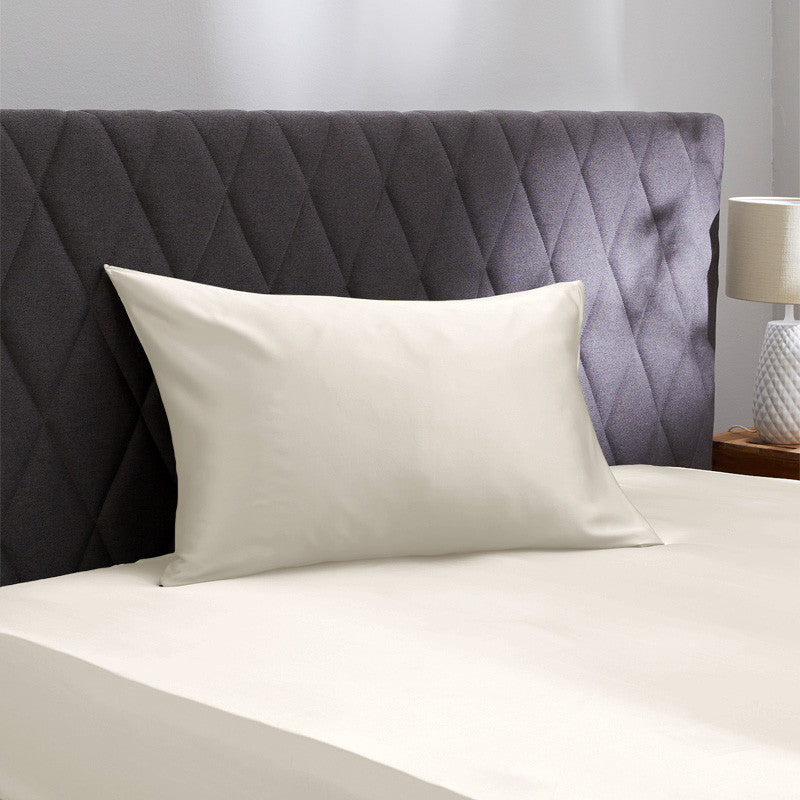
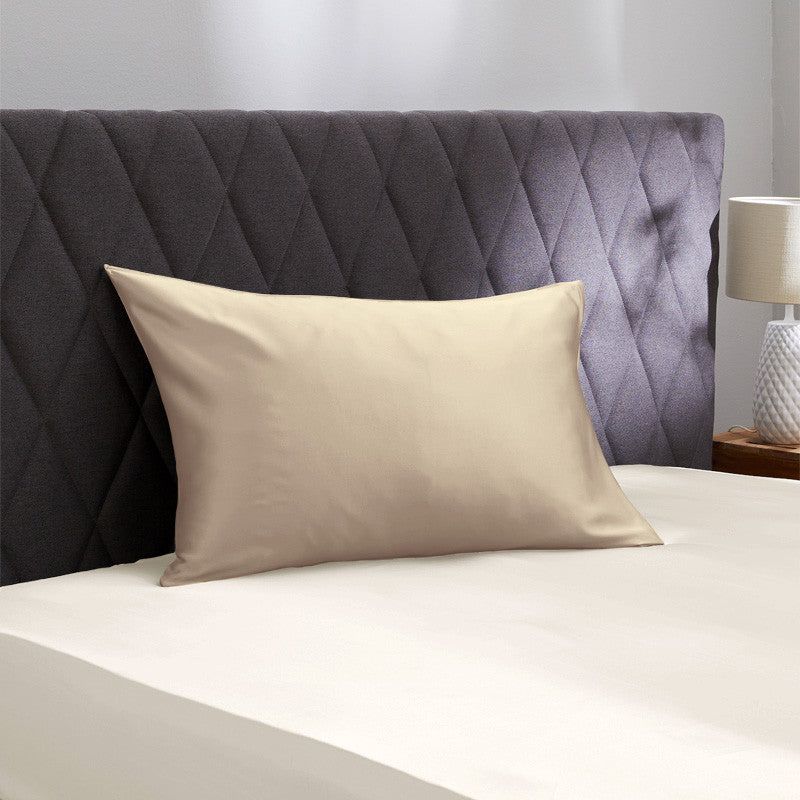
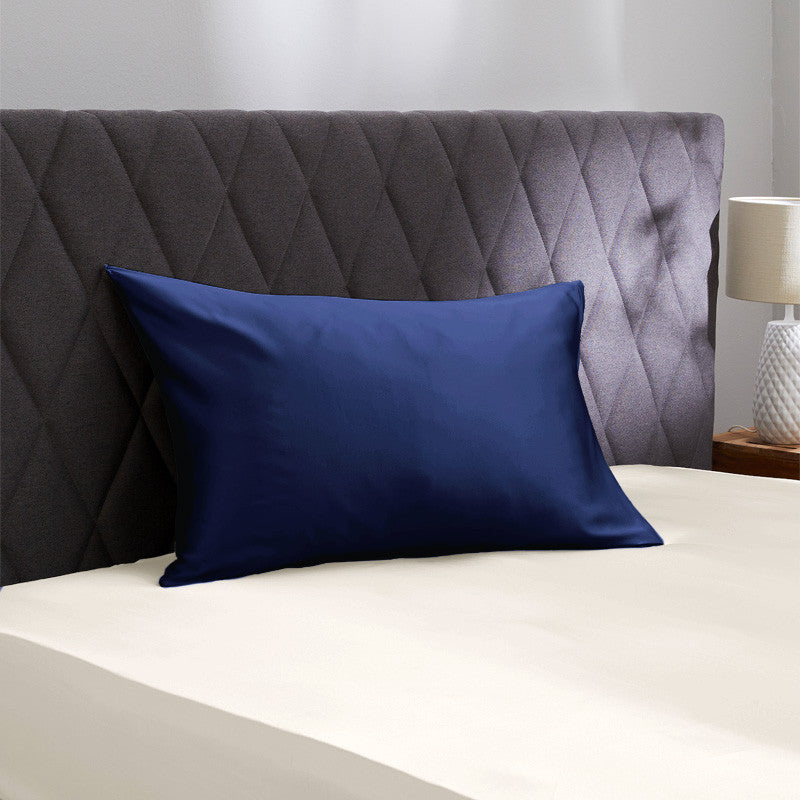
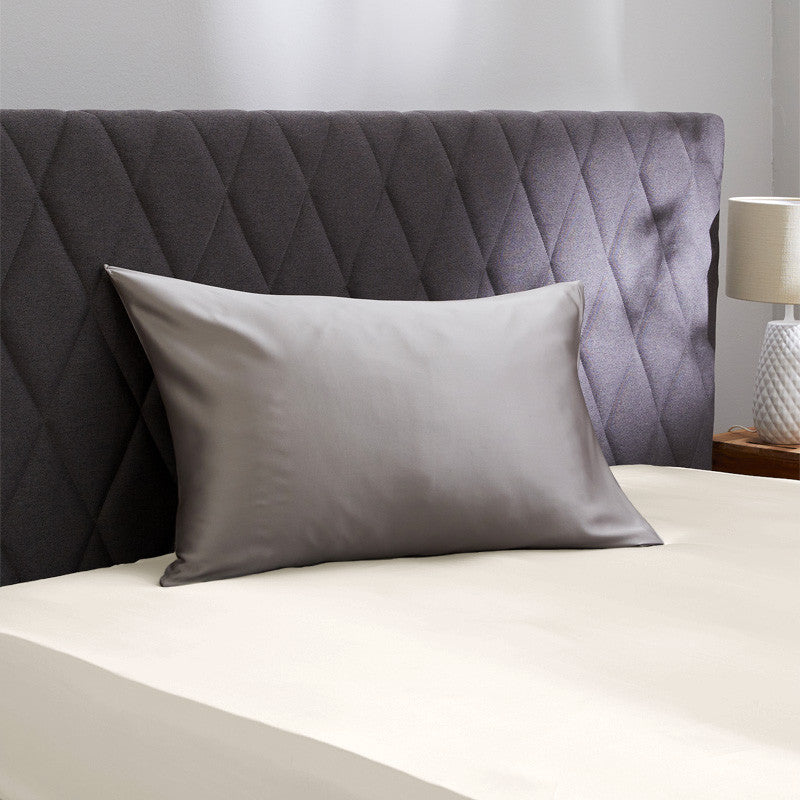
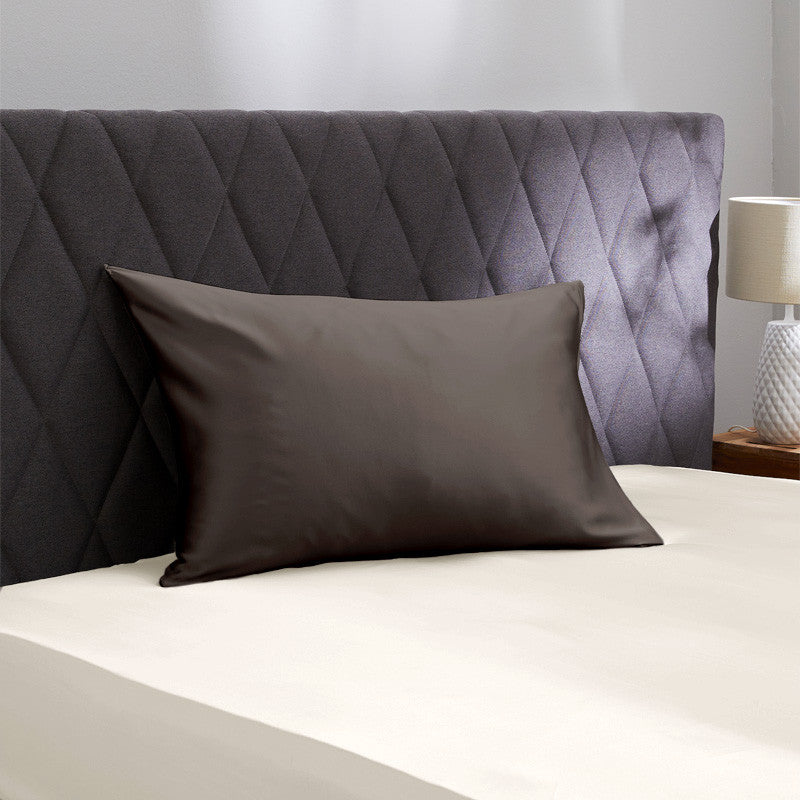
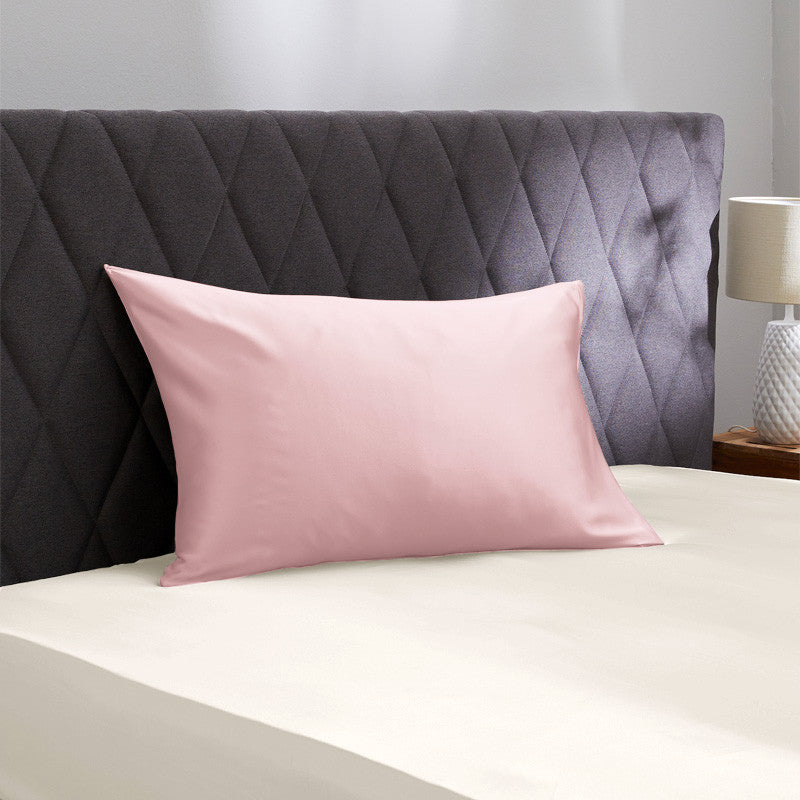
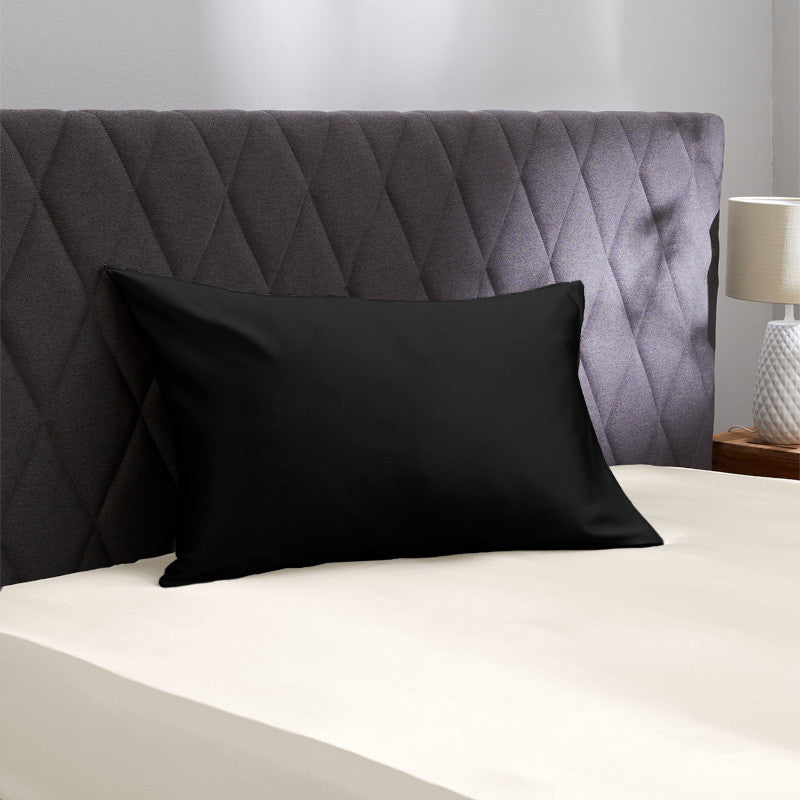
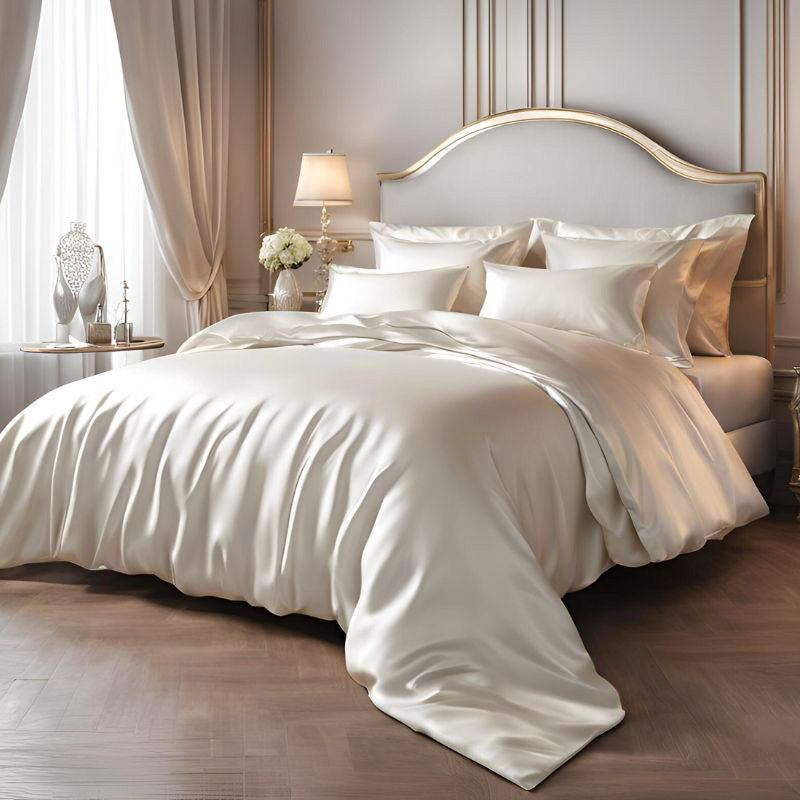
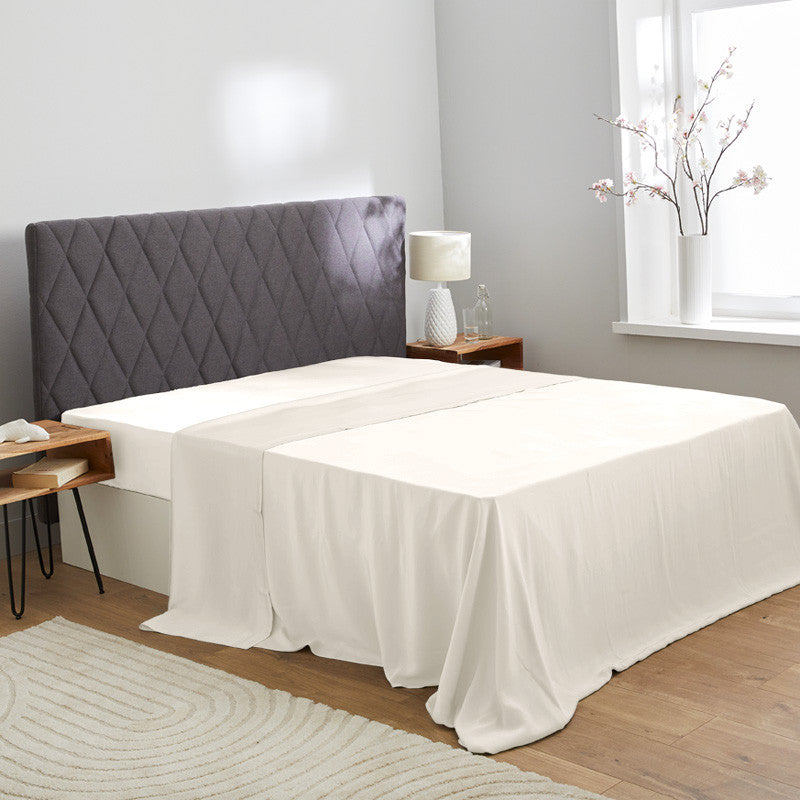
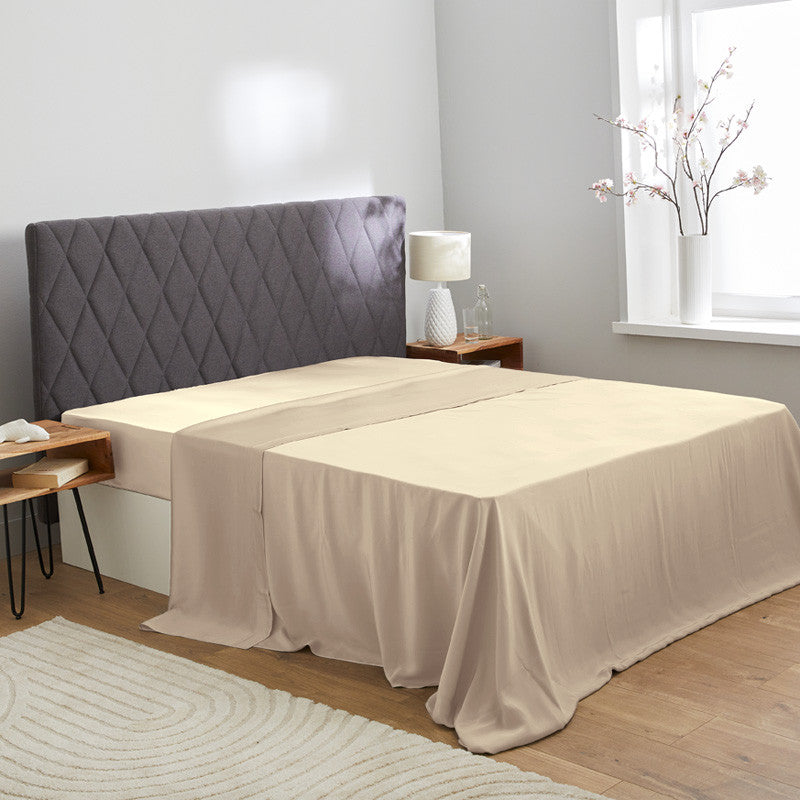
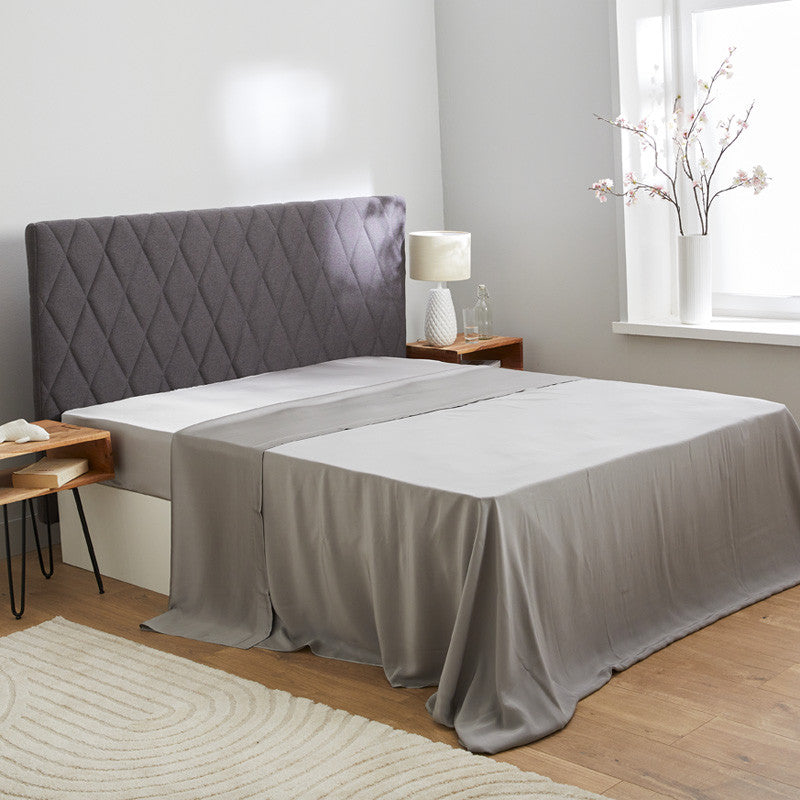
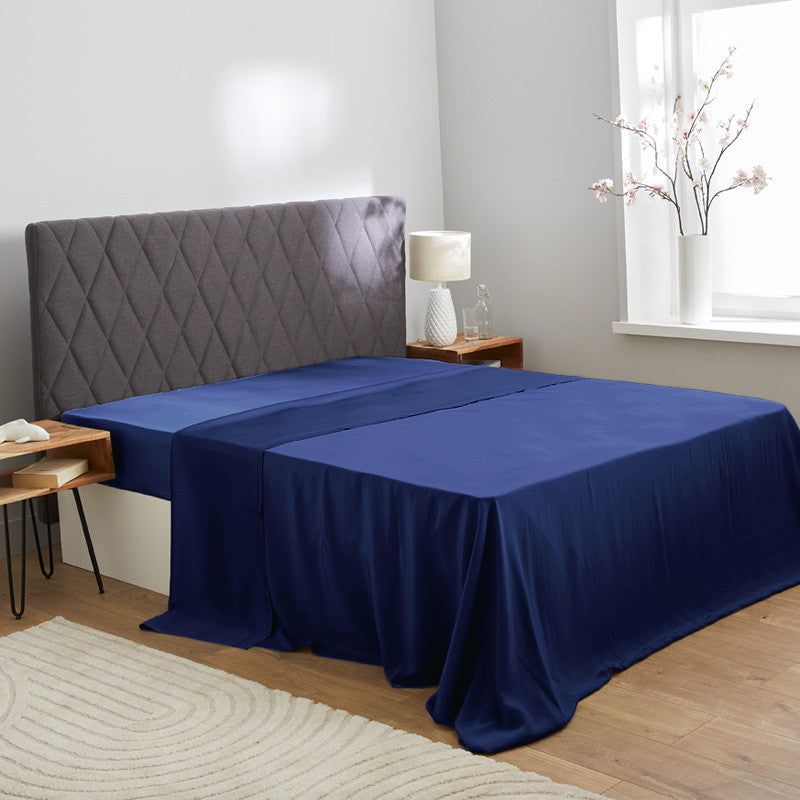
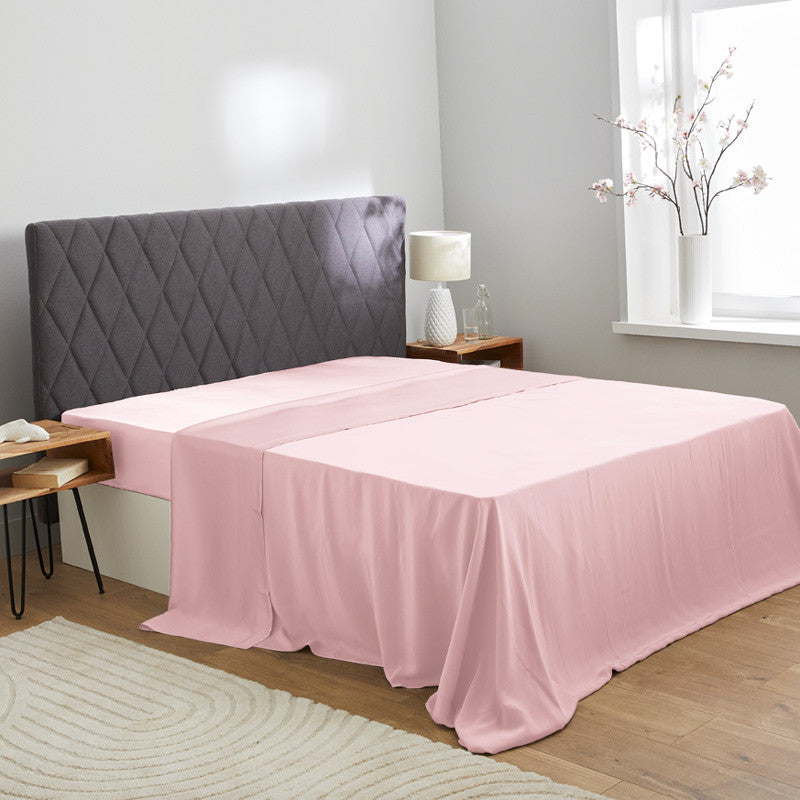
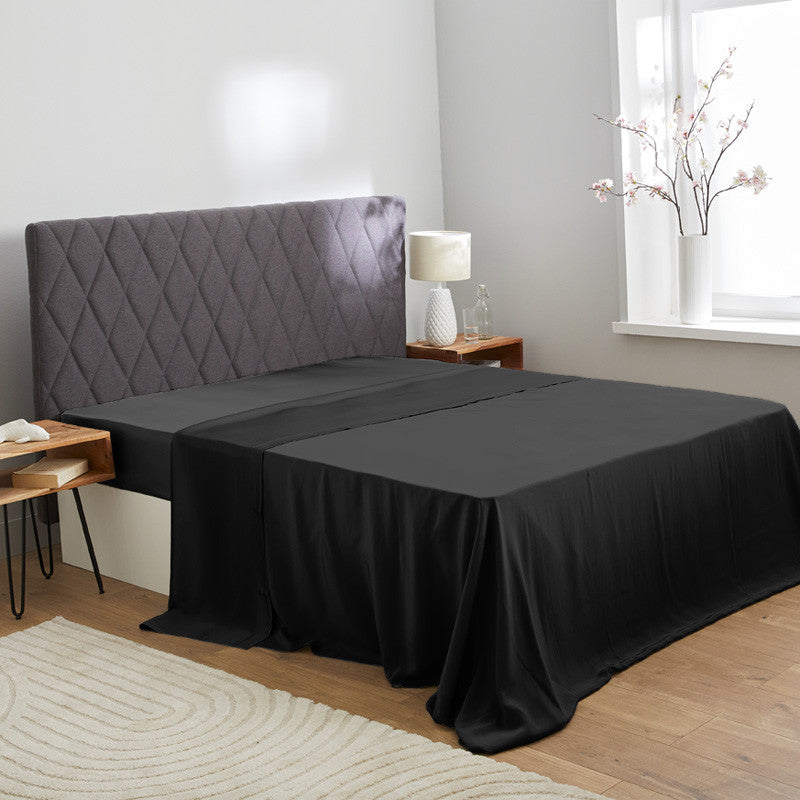
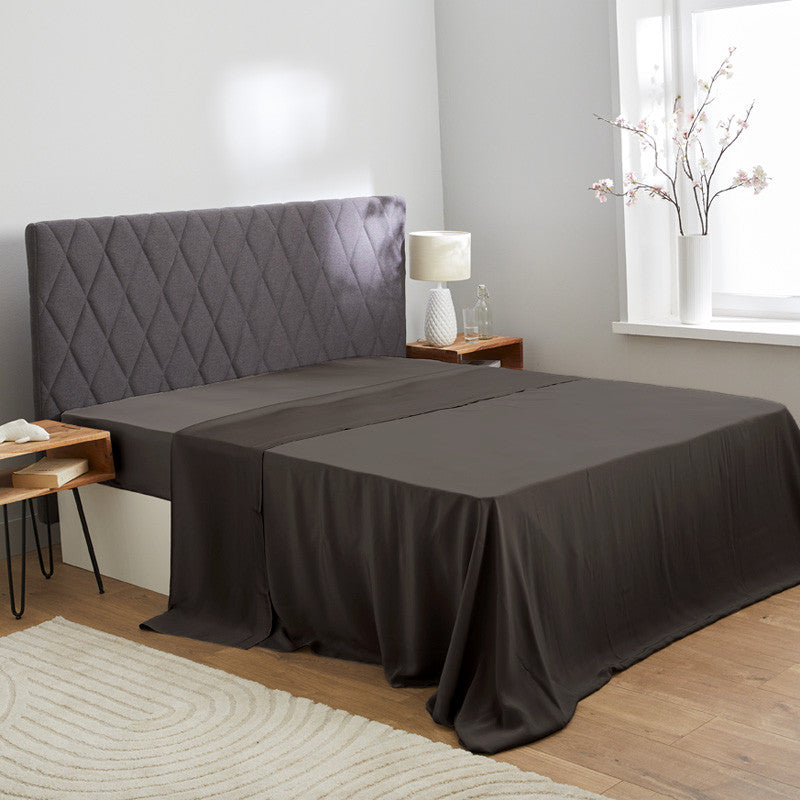
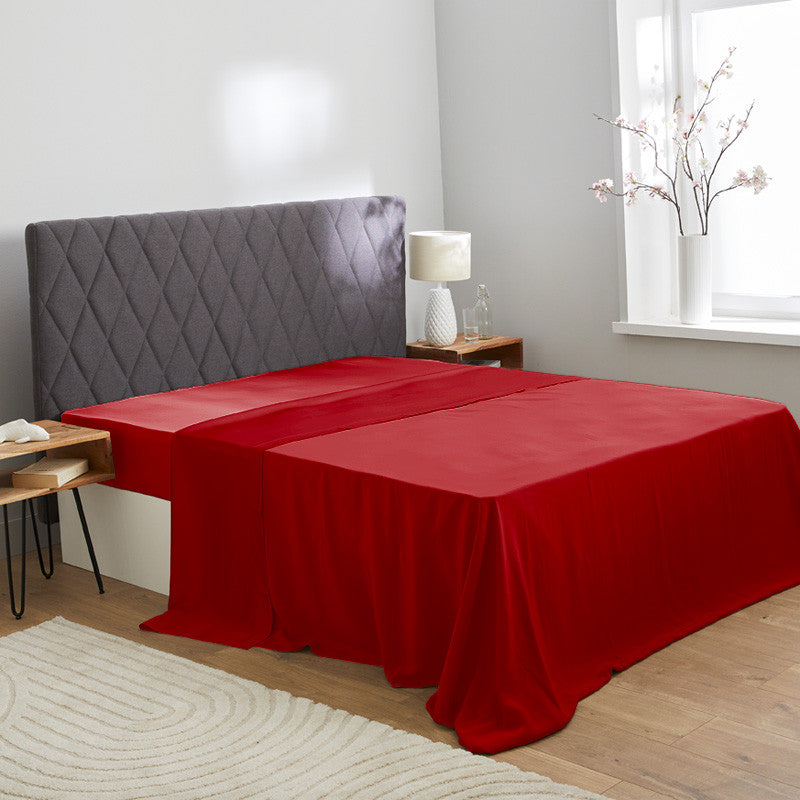
Leave a comment